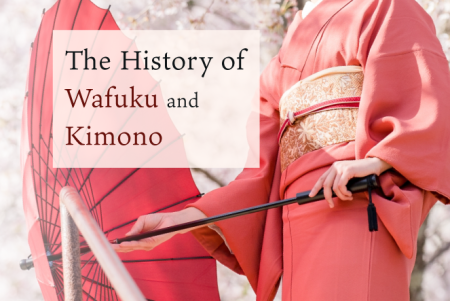
The History of Wafuku and Kimono: Types and Uses to Know
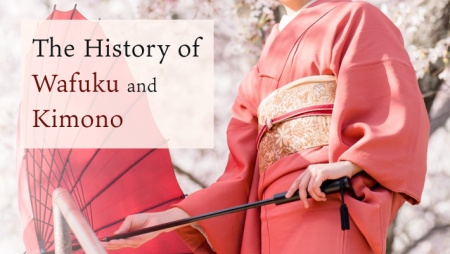
Wafuku, known as clothing native to Japan, is still often worn today on ceremonial occasions such as coming-of-age ceremonies, weddings, funerals, and memorial services. In sightseeing, renting kimono to wear is also familiar as “content” that can make a trip more enjoyable.
Here we will briefly explain the various kinds of such wafuku and kimono, and on what kinds of occasions each is worn.
The History of Wafuku and Kimono
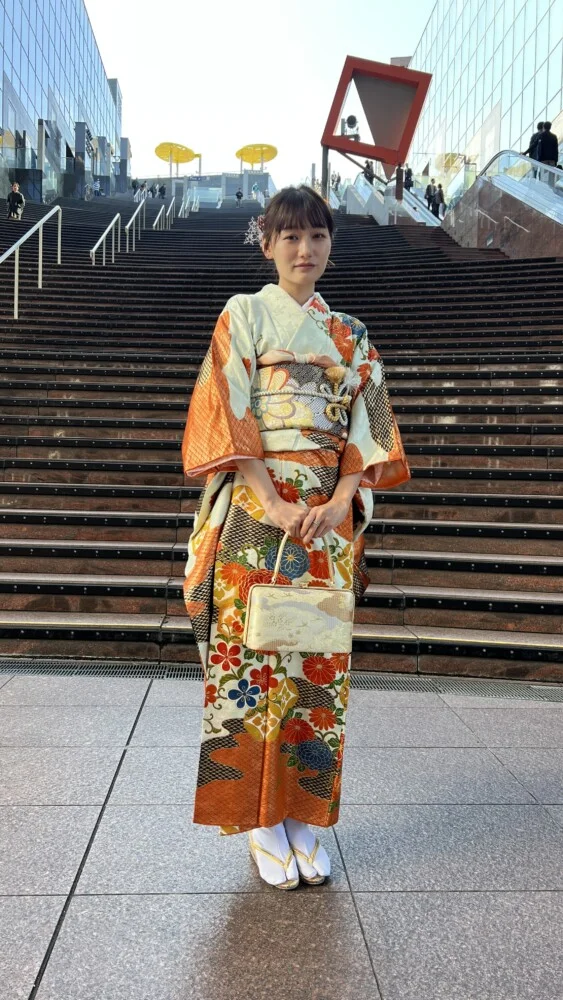
Clothing Before the Birth of Wafuku
The “Kantoi” Recorded in the Wei Zhi’s “Account of the Wa People”
Wafuku—also called “kimono” or “gofuku”—is clothing native to Japan. Whereas Western clothing fits closely to the body and is finished three-dimensionally through curved cutting, wafuku is cut in straight lines and worn by fixing the cloth in place with an obi (sash).
Although wafuku is known as Japan’s traditional clothing, the Chinese historical work Wei Zhi, which conveys information about Japan in the Yayoi period, records that men wrapped a single piece of cloth around the body, while women wore kantoi (a “through-the-head” garment). The form of wafuku seen today had not yet been born.
The men’s clothing described in the Wei Zhi is thought to have been like the sari seen today in South Asia, and the women’s clothing like the poncho seen in South America. Globally, such garments are regarded as “the origin of clothing.”
Among these, the kantoi—like a poncho—can readily be modified to further increase warmth by sewing on sleeves and fixing the cloth of the torso with a belt. By arranging the opening of the kantoi to be at the front and back, and securing the cloth with a belt, the garment can be made to resemble wafuku quite closely; such ingenuity is thought to have led to the birth of wafuku.
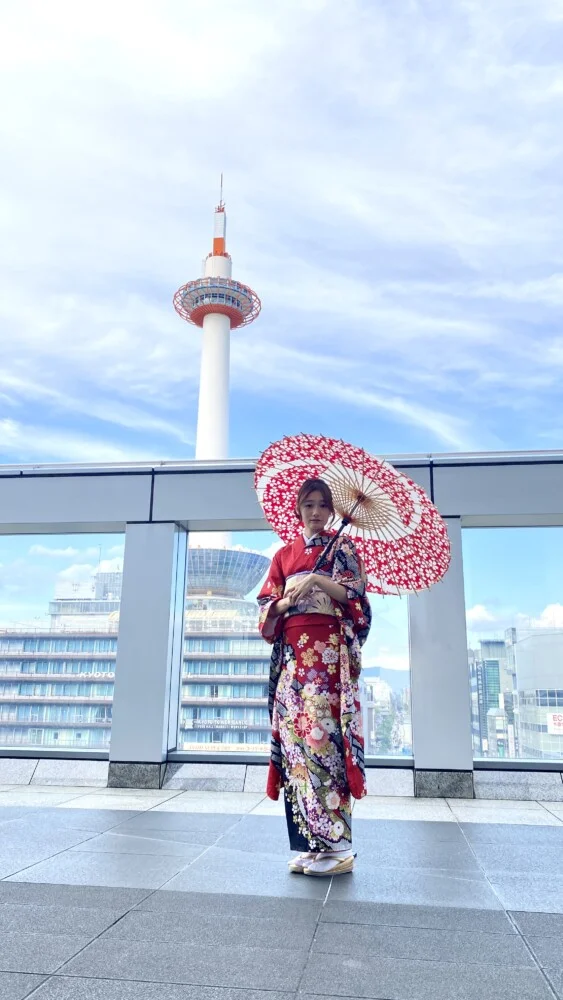
The Kofun Period, When the Origins of Wafuku Were Born
After the Yayoi period, haniwa from the Kofun period suggest that people wore garments resembling the kosode—a type of present-day wafuku with small sleeve openings—and thus we can see that by this time clothing that formed the origin of wafuku had come into being.
In the periods that followed, under the influence of cultural inflows from China, the upper classes at times wore Tang-style clothing; however, among the common people there arose—and thereafter took root—a culture in which the upper garment was a front-opening garment and the lower garment was something like hakama.
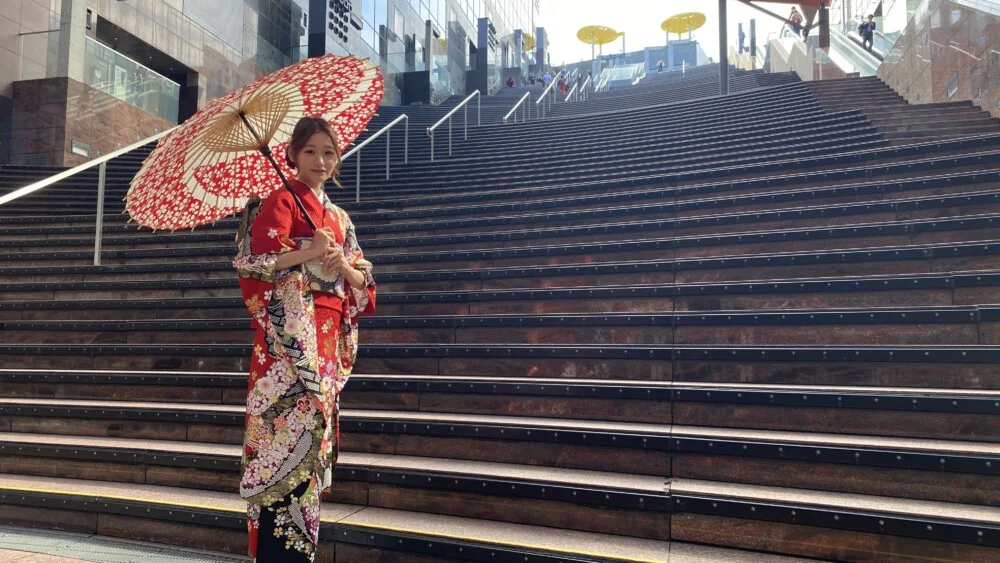
A diverse array of wafuku arose according to class and use
In the Heian period, the junihitoe became women’s formal dress
When trade with Tang China ceased in the Heian period, “national-style culture” blossomed in Japan. Members of the upper classes, whose daily lives involved little vigorous movement, came to wear loose-fitting wafuku. They wore hakama on the lower body and layered multiple garments on the upper body; men’s formal court dress became the sokutai, and women’s became the junihitoe.
In the same period, the kosode was worn as underwear in aristocratic dress, but multiple sources show that among the commoner class it became standard to wear a kosode on the upper body with hakama on the lower body.
Also around this time, the yukatabira—a garment nobles wore when entering steam baths—came into being, and it is thought that this later developed into the modern yukata.
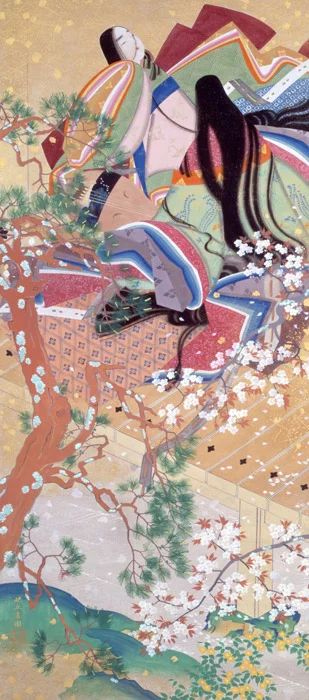
The Kosode, which Became the Base of the Kimono
By the late Heian period, among the commoner class there began to appear a way of wearing in which hakama were not put on and only the kosode was worn in a flowing (kinagashi) style, and the kosode came to become the base of the kimono.
As time went on and the warrior class gained power, the way of dressing of these people—who were not originally of high rank—came to exert a major influence on kimono culture. They did not put on luxurious upper garments like the aristocracy; instead, an appearance of kosode with hakama came to be treated as formal dress.
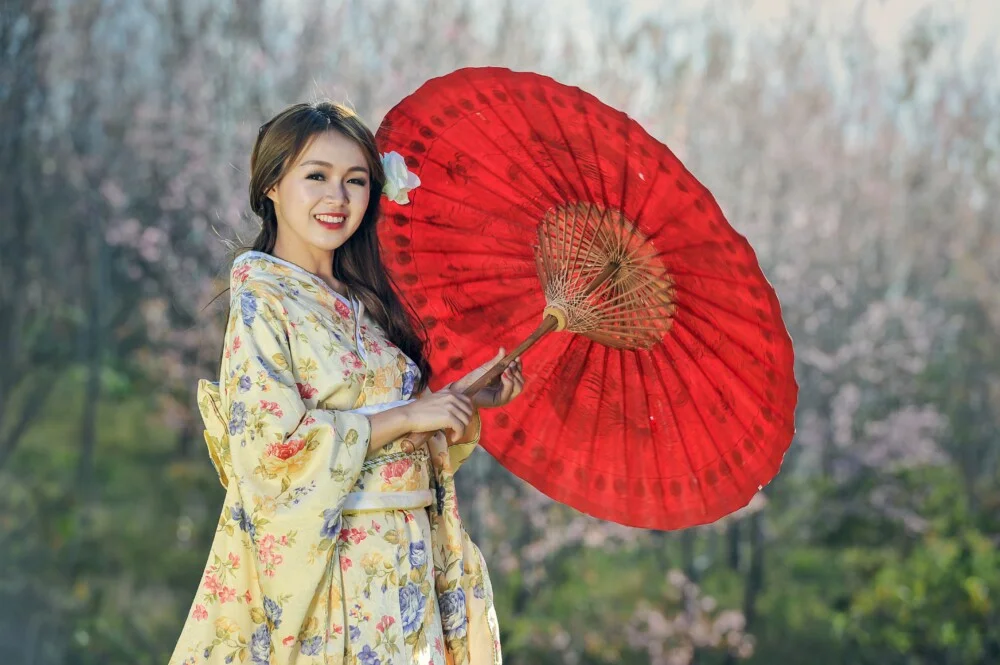
The Edo Period, When Gorgeously Ornate Wafuku Blossomed
Development of Diverse Weaving and Dyeing Techniques
With the advent of the Edo period, weaving and dyeing methods for applying a wide variety of patterns to the kosode were developed, and gorgeously ornate wafuku came to be seen.
Changes were also observed in the very forms of wafuku: in women’s garments, making the obi larger and the sleeves longer to give the clothing a luxurious look became common, and the furisode was born out of these Edo-period trends.
Later, in the Meiji period, as silk production increased and the price of silk thread fell, various silk fabrics such as chirimen came into being, and the variations of wafuku became even richer. Furthermore, from the Meiji period onward, women’s advance in society and the abolition of the class system progressed. The idea of women’s “outing wear,” which had not existed until then, emerged, and colors and patterns became more free.
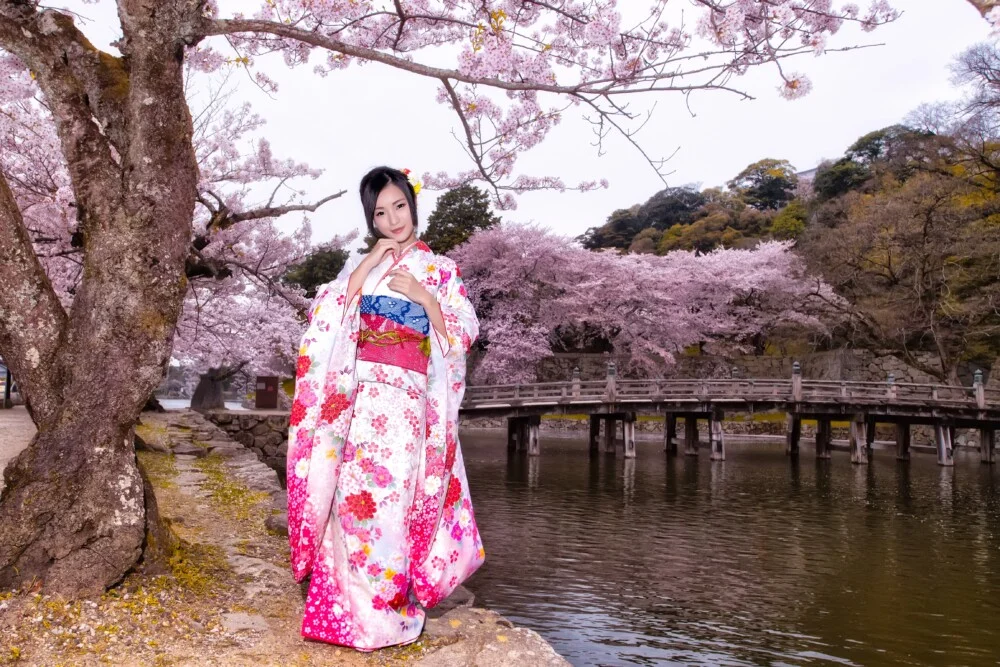
Representative Types of Wafuku and Their Uses
In this chapter, we introduce the characteristics of representative types of wafuku and their uses.
The type and use of wafuku vary not only by the shape of the garment, but also by the kind of fabric used, as well as the colors and the placement of patterns.
Here, we will explain several representative kinds of wafuku.
Women’s Formal Wear: “Kurotomesode”
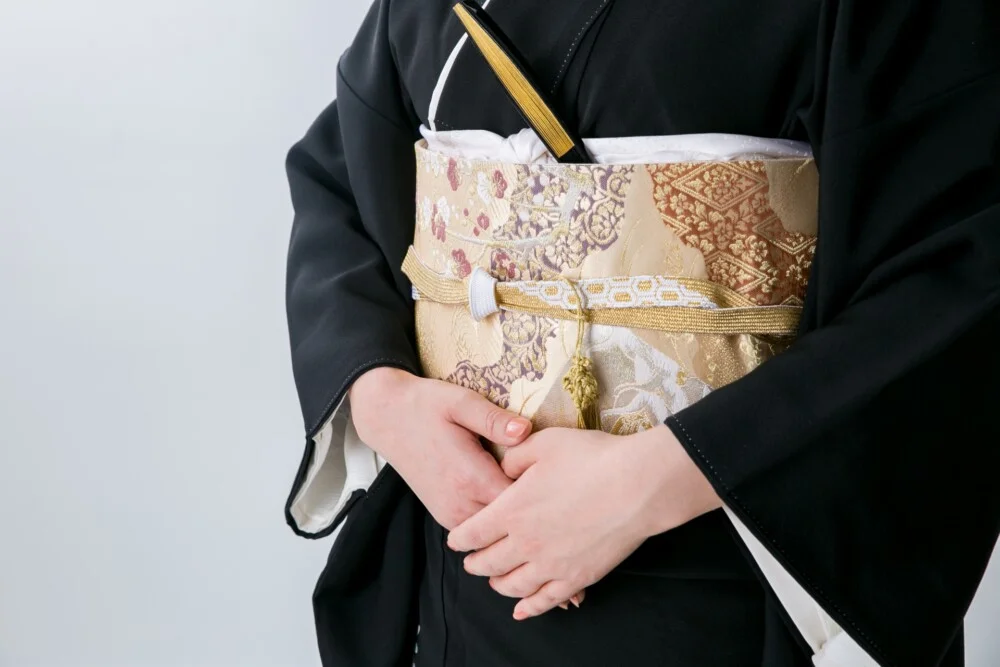
This is a wafuku made of black-dyed chirimen fabric, worn as formal wear by married women. Five small family crests, called itsutsumon, are dyed in on the back, the left and right chest, and both sleeves.
Below the waist there is often an auspicious, sumptuous motif called eba-moyo
You mainly see it at weddings, worn by the relatives of the bride and groom and by the nakodo.
Dignified “Irotomesode”
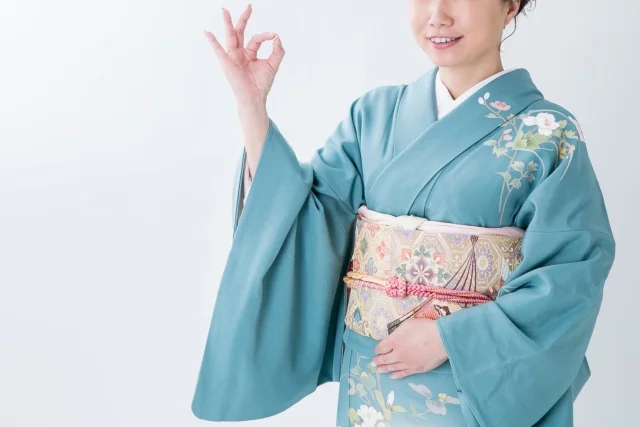
This is a wafuku dyed in a ground color other than black, worn as women’s formal dress regardless of whether they are married or unmarried.
While chirimen is common for the fabric, chirimen with woven ground patterns and rinzu are also used. In general, rinzu is thinner than chirimen, has a sheen, and feels smooth to the touch, which helps bring out the refined colors of the irotomesode.
As with the kurotomesode, family crests (mon) are applied, though examples with three or one crest are also seen. The eba-moyo pictorial pattern is placed below the waist as in the kurotomesode, giving a dignified atmosphere.
Opulent “Homongi”
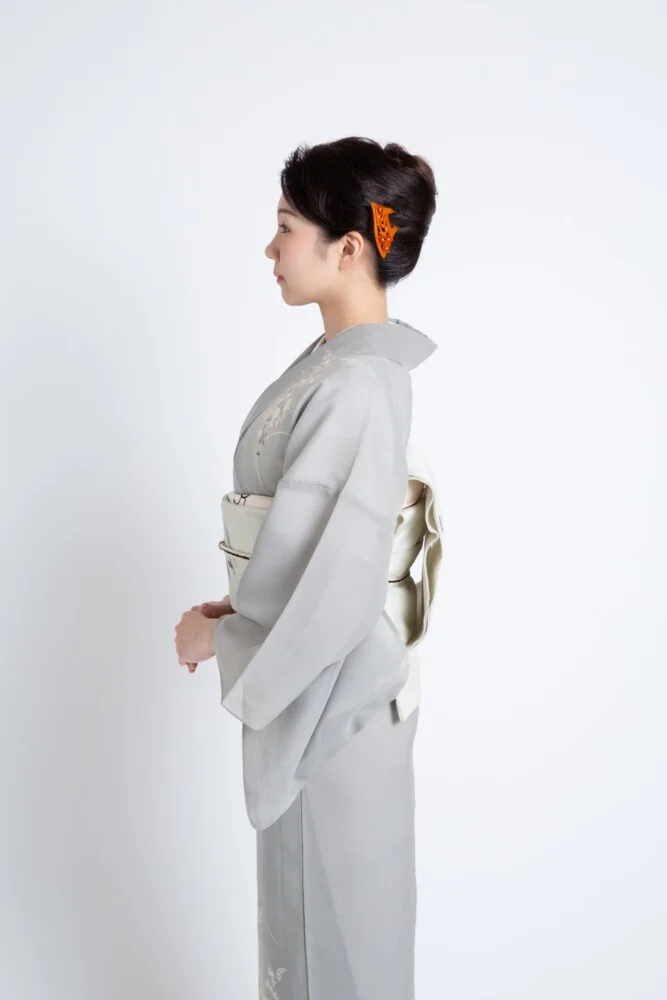
A type of women’s formal wear, made with a wide range of fabrics.
Unlike the irotomesode, its eba-moyo pictorial pattern extends up onto the upper body—shoulders and chest—giving it an ornate impression.
In addition to fabrics such as chirimen and rinzu, there are hpmongi made with durable tsumugi. However, since tsumugi is regarded as an everyday-wear fabric, it is not suitable for formal occasions—so take care.
“Furisode” familiar at coming-of-age ceremonies
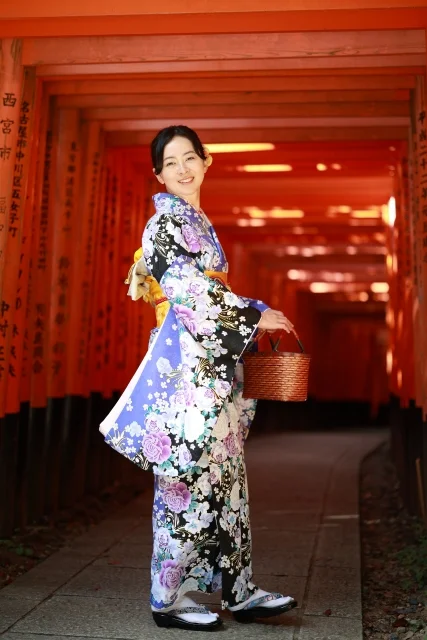
It is a type of kimono worn primarily as formal wear by unmarried women.
Its most distinctive feature is its long sleeves, and because of their gorgeous appearance it is also worn for graduation ceremonies and coming-of-age ceremonies, as well as as bridal attire at weddings.
By sleeve length, it is divided into kofurisode (short), chufurisode (medium), and ofurisode (long); the longer the sleeves, the higher the formality is said to be.
As for the placement of patterns, in addition to the traditional eba-moyo (seam-matching designs), various arrangements are seen: pieces that display komon (small repeat patterns), ones with altered pattern placement, and even solid-colored ones—various types can be seen.
“Komon” easy to wear
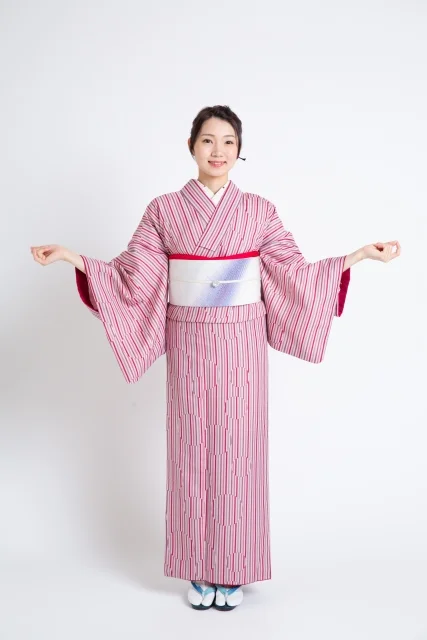
It is a type of kimono worn as everyday attire by women, and its name comes from the fine all-over patterns that have no up-or-down orientation.
Although it cannot be worn as formal dress, it is a popular kimono often seen at kimono rental shops and the like.
There are various dyeing techniques, but among them “Kyo-komon,” “Kaga-komon,” and “Edo-komon” are representative, each with its own characteristics.
Kyo-komon and Kaga-komon each developed their dyeing techniques under the influence of Kyo-yuzen and Kaga-yuzen, and are characterized by vivid use of multiple colors.
By contrast, Edo-komon is most often dyed in a single color, and is distinguished by extremely fine patterns made with stencils (katagami). It developed from the patterns of the kamishimo worn by daimyo families in the Edo period, and some pieces feature crests—once the designated crests of each daimyo house—rendered by resist dyeing.
“Tsumugi“, known for durability
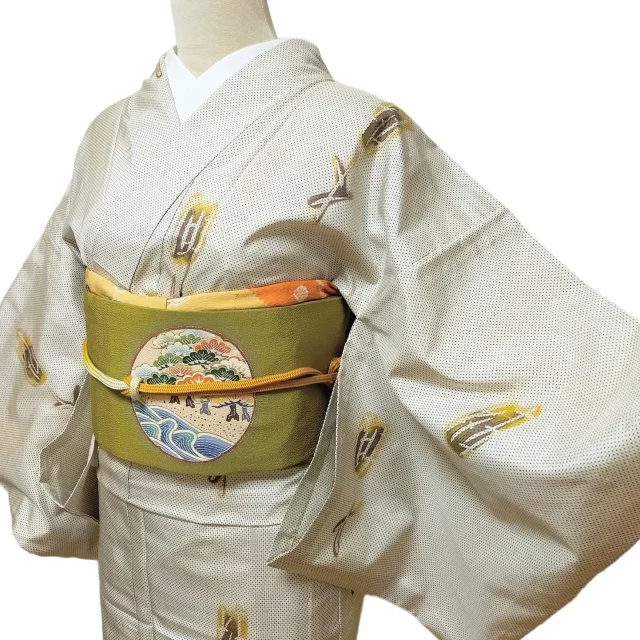
It is a type of kimono worn as everyday attire by women, made from a sturdy fabric woven with yarn spun from “waste cocoons” that cannot be used to produce raw silk, the yarn being twisted and then woven.
It has a history of being cherished as durable everyday clothing—some say it was worn across several generations—and, because its texture does not look like silk from a distance, it was also known as a “chic garment that lets you wear silk unobtrusively.”
As it originated as workwear, it is considered unsuitable for formal occasions; however, because it is a fabric closely tied to people’s lives, a variety of tsumugi textiles remain throughout Japan. Many are designated traditional crafts, such as Okitama Tsumugi from Yamagata Prefecture, Yuki Tsumugi from Ibaraki Prefecture, and Oshima Tsumugi from Tokyo. It’s a fine choice to purchase as a “stylish” everyday garment.
Men’s formalwear: “Itsutsu-mon-tsuki“
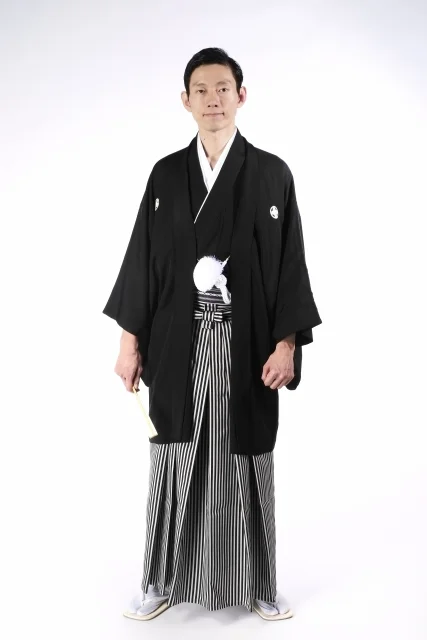
For men’s formal kimono, the highest rank is a black-dyed garment with five family crests (mon) rendered in resist, paired with striped hakama.
The more crests, the higher the formality; five crests are worn by the groom, his father, and the go-between (nakodo) at weddings, and by the host side at investiture ceremonies and banquets.
Three-crest and single-crest versions are semi-formal and may be worn when attending a friend’s wedding. Even when dyed in a color other than black (a colored montsuki), a garment with five crests can be worn as formal dress.
Unlike women’s kimono, men’s kimono does not differ greatly between unmarried and married wearers. Instead, finer distinctions depend on TPO (time, place, and occasion).
For everyday wear, the kinagashi style—without a haori or hakama—is acceptable, but in general, wearing hakama makes the outfit more formal.
“Yukata” for relaxation
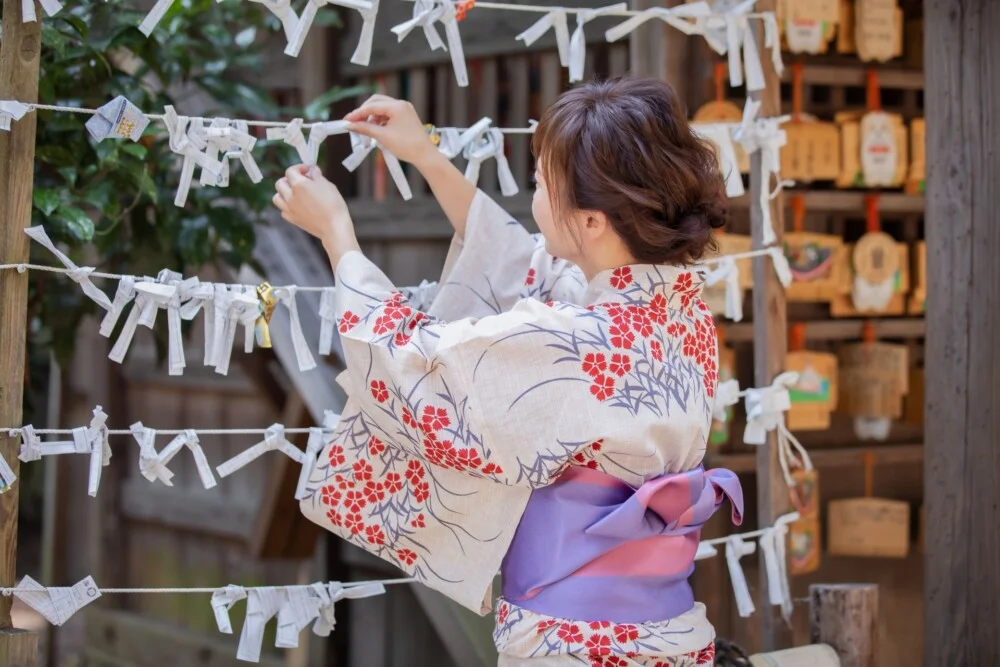
It is a type of kimono that, taking the yukatabira as its prototype, developed as relaxation wear when commoners in the Edo period wore it after bathing.
Today it is widely known as a fashionable summer item, and especially in women’s yukata, many pieces feature brilliant colors and patterns.
Because it is worn in the summer season in the kinagashi style (casually, without additional layers), the fabric is generally lightweight and somewhat coarsely woven.
“Jinbei” originally loungewear
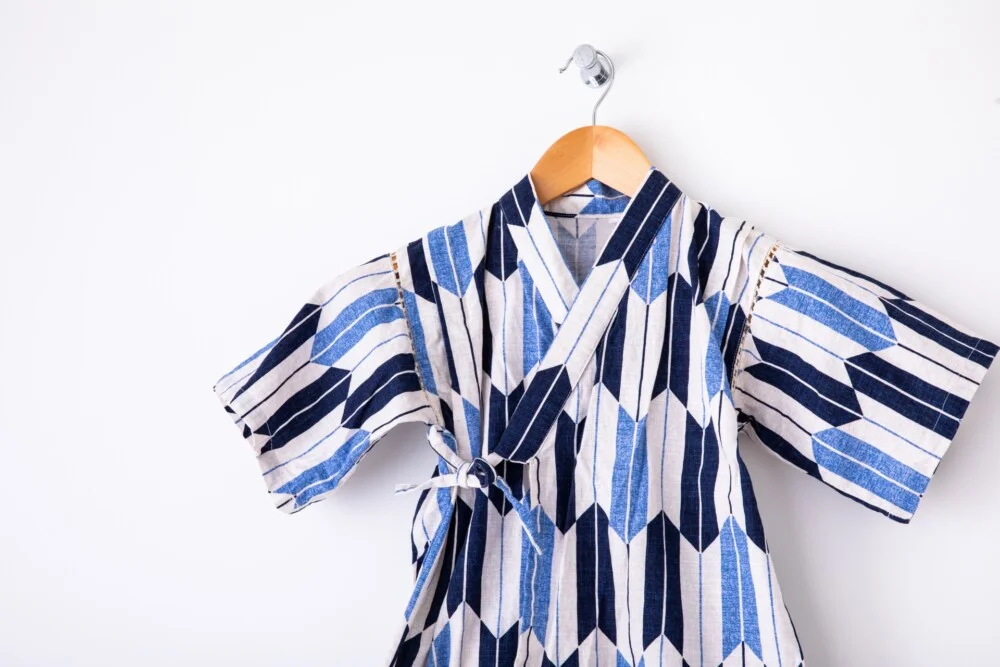
Like the yukata, it is a type of traditional Japanese clothing that was originally made as room wear and was not worn when going out. It is also said that the name comes from its shape resembling the jinbaori worn by warlords in the Sengoku period.
Today it is also recognized as Japanese wear for men to put on when going out to festivals and the like, and as demand for jinbei has increased, patterns have diversified and it is in the process of establishing itself as attire for going out.
“Samue” easy to move in for everyday use
Samue is a type of Japanese clothing that, thanks to its ease of wear, has become widespread as loungewear. Originally it referred to the clothes monks wore when doing their daily chores (samu), and there was no fixed, specific form as there is today.
It is unclear historically when it first appeared, but it is said to have been created after the Meiji period out of practical necessity. In recent years, items designed for going out have also been sold. It is sometimes confused with the jinbei, but the samue has longer sleeves and longer trouser legs.
In closing
Up to this point we have explained the types of wafuku and differences in their uses. When it comes to wearing kimono, people tend to imagine that it is difficult, but that is really only in the case of formal dress. When you wear kimono as everyday clothing, there are no complicated rules.
There are stories that commoners in the Edo period walked around town with their kimono worn in a relaxed, slightly disheveled way, and from the story that the sleeves of the furisode grew longer to achieve a more glamorous look, one can sense that people in the past enjoyed wearing Japanese clothing freely and lightly.
In recent years, lace kimonos have become popular even at rental kimono shops, and some makers have released wafuku made of denim fabric. Across the industry there is a growing mood to let people enjoy fashion more freely.
For those who feel, “But I don’t know how to wear a kimono…,” why not make your kimono debut with a rental kimono first? Staff will carefully dress you in a kimono tailored to your preferences, so you can enjoy strolling around town with a feeling a touch different from the everyday!
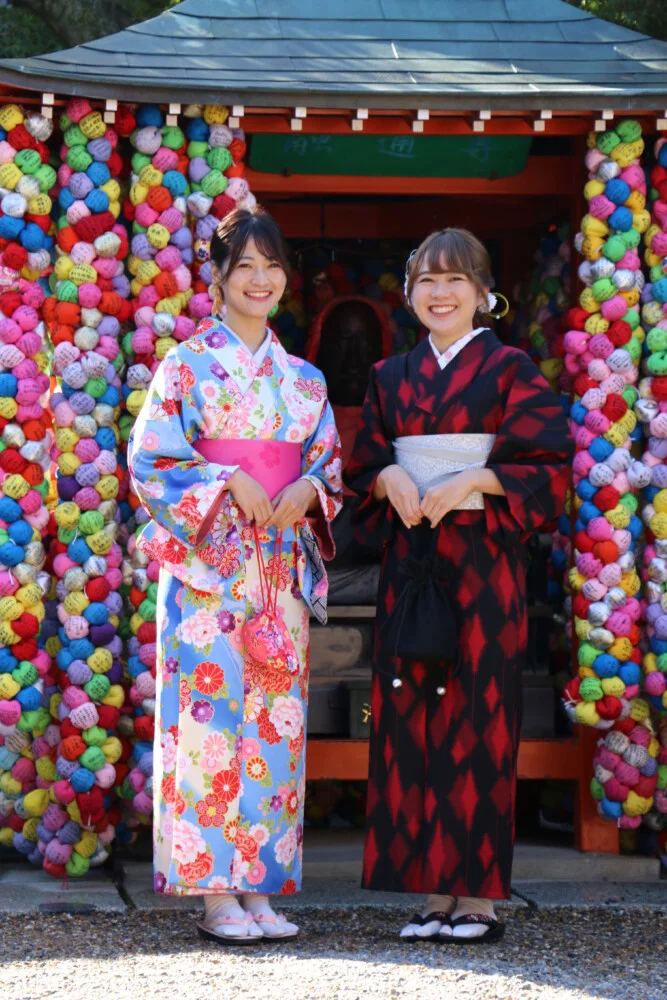
Masaki Iwamoto
Born in 1993 in Nishinomiya, Hyogo Prefecture. After graduating from the Department of Geography, Faculty of Letters at Nara University, he worked primarily in sales roles. In 2022, he moved to a travel company and has since worked as a tour planner and as a tour/history writer.
